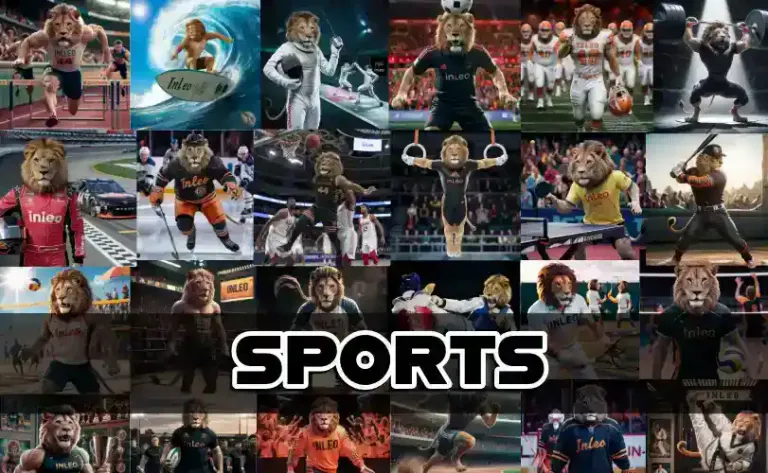Welcome to the daily sports #threadcast! Here we will discuss, follow and share all the news from the sporting world.
We want to make #inleo the premier destination for the #sports community by establishing the Leo platform as the hub for sports updates
Edition #174
January 2

!summarize #wnba #nba
Hi, @taskmaster4450le,
This post has been voted on by @darkcloaks because you are an active member of the Darkcloaks gaming community.
Get started with Darkcloaks today, and follow us on Inleo for the latest updates.
!summarize #sports
!summarize #sports
!summarize #sports
!summarize #sports
!summarize #sports
!summarize #sports
!summarize #sports
!summarize #sports
!summarize #sports
!summarize #sports
!summarize #sports
!summarize #sports
!summarize #sports
!summarize #sports
!summarize #sports
!summarize #sports
!summarize #sports
!summarize #sports
!summarize #sports
!summarize #sports
!summarize #sports
!summarize #sports
!summarize #sports
!summarize #sports
!summarize #sports
!summarize #sports
!summarize #sports
!summarize #sports
!summarize #sports
!summarize #chrissimms #danpatrick #sports
nice i really to see more of this.. This year
!summarize #espn #nfl #cleveland #browns
!summarize #corbinburnes #arizona #diamondbacks #mlb #freeagency
!summarize #ohiostate #texas #college #football
!summarize #kevindurant #draymondgreen #goldenstate #warriors #nba #dynasty
!summarize #nfl #playoffs
!summarize #angelreese #wnba
!summarize #juansoto #paulgoldschmidt #nyyankees #mlb
!summarize #danpatrick #college #football #playoffs
!summarize #skysports
!summarize #skysports
!summarize #skysports
!summarize #skysports
!summarize #skysports
!summarize #skysports
!summarize #ohiostate #college #football #playoffs
!summarize #cleveland #modelllaw #browns #ohio #nfl